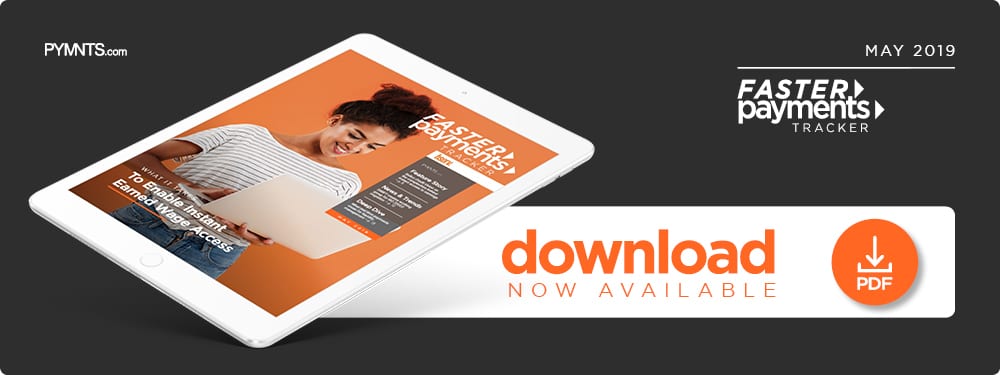What It Takes To Enable Instant Earned Wage Access

Deciding to offer employees instant access to earnings means employers must make a slew of decisions — including how much pay will be made available and how often. In this month’s Faster Payments Tracker, Bellco Credit Union (CU) HR Payroll Administrator Theresa Sanders discusses how the CU calculated its cap, and the impact that instant earnings has had on its employees.
Employers are growing more aware that their workers need wages delivered quickly and flexibly, and many have turned to instant earnings delivery services as a result. These offerings grant employees on-demand access to wages earned for time they’ve worked, rather than making them wait a full pay period. Integrating such solutions can be complex, though, and employers and payment solutions providers must carefully determine how to make earnings available while still accounting for deductions such as taxes and garnishments.
Bellco Credit Union knew it wanted to ease employees’ financial situations with such a service, and so it sought out a product that would keep payroll processing simple while also ensuring that employees had enough left over for tax withholdings and deductions once withdrawals were made.
The Colorado-based credit union, which has 324,000 members, decided on a PayActiv solution that enables workers to instantly deposit earned wages into their accounts or onto a payment card prior to their typical paydays for a $5 fee. According to Theresa Sanders, certified payroll professional and Bellco’s human resources and payroll administrator, keeping costs low for both the CU and its employees was a critical factor in selecting which service to use.
“We know employees struggle [to get] from paycheck to paycheck no matter who they are,” Sanders said. “We’ve got employees who use this on a regular basis … It knocks cash loan companies out of the water [because employees] don’t need them.”
Growing Uptake
All Bellco employees have access to the offering, but Sanders said the CU’s hourly workers are most likely to use it. She added that the product’s app-based nature has proved popular with its smartphone-savvy workers, many of whom are under the age of 40. The solution was deployed last summer and has experienced steadily increasing use. Approximately 25 out of 350 employees used the offering during a recent payroll period, she noted.
Earnings Limits and Deduction Complications
Enabling instant access to earnings is complex, and employers and solutions providers want to protect themselves from employees who might recklessly overspend. Many offerings limit the portion of earnings that can be accessed early and the frequency with which such services can be used prior to the standard pay date. Other solutions give workers access to as much of their net earnings as they wish, however, giving them full responsibility and allowing them to determine their own budgeting and spending caps.
Sanders explained that Bellco’s solution allows employees to access up to half of their gross earnings, a limit that ensures there is enough pay left over to cover tax withholdings and other deductions. The CU’s payroll department assesses employees’ standard gross pays on payday, removes taxes and benefits deductions and reduces that net total by however much was withdrawn early, plus the $5 fee. The remainder is then disbursed to each employee.
“We want to have enough money when it comes to processing payroll and taking out deductions for medical, dental [and other purposes],” she said. “We want to make sure employees have enough money there to cover those items. We thought that if we gave them half of what they worked, then we would have the other half to work with when it came to processing payroll and getting the deductions that we needed. We did not want things to go into arrears.”
Sanders added that providing employees with their net rather than gross earnings would be too complicated and could run afoul of tax requirements. Bellco would have to calculate taxes and benefit deductions on accumulated earnings every day to ensure these figures remained accurate.
“I pull a file every day to send to PayActiv so that each day, as the pay period goes along, [it knows] how many hours an employee has actually worked,” she explained. “Each day that [total earnings amount] is going to change, because they work another day. We were not going to try to take taxes out of that because that would be trying to tax [earnings] on a daily basis, and it just would not work.”
Early access to earned wages keeps employees financially healthy, but providing such tools is not easy. Employers must think carefully about various factors — such as accessibility and tax withholdings — if they want to offer both fiscal safety and convenience for their employees.
